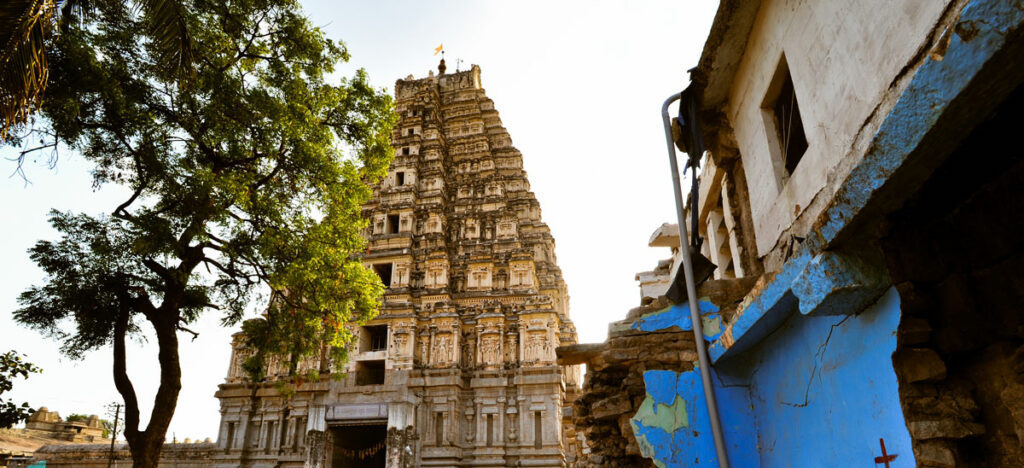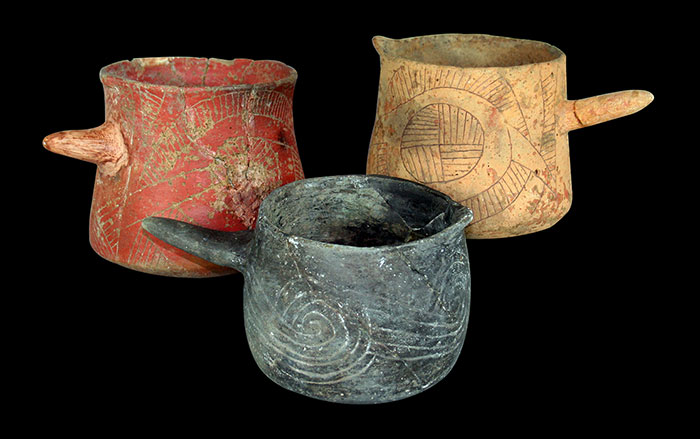
IDAHO
IDAHO: Excavations at the Cyrus Jacobs-Uberuaga House in downtown Boise have revealed a glimpse into one of the city’s most prominent early families, as well as a look at its most distinctive ethnic group: Boise is home to the country’s largest community of Basques, who originally hail from the western end of the Pyrenees. Artifacts of the Jacobs family include children’s toys and a variety of European home products. Later deposits include items from the building’s 70 years as a Basque boarding house. —Samir S. Patel

BAHAMAS
BAHAMAS: In the churning waves at Lynyard Cay in the Abaco Islands, archaeologists have found what they believe are the remains of the Peter Mowell, an illegal slave ship that ran aground while trying to avoid capture in July 1860. Finds include ballast stones, bricks, copper sheathing, nails, and spikes. Of the 400 Africans aboard, 390 made it to safety on the uninhabited island, to eventually be made indentured laborers on the island of Nassau. —Samir S. Patel

GREENLAND
GREENLAND: The SS Terra Nova lived a full life at the ends of the earth. Built in Scotland in 1884, the ship had a history in the northern sealing industry before being enlisted for Robert Falcon Scott’s ill-fated expedition to the South Pole. After its return from Antarctica in 1913, it went back to sealing for decades before being drawn into wartime supply service in 1942 and sinking the next year. An oceanographic expedition testing sonar equipment in the Labrador Sea has just located the wreck. —Samir S. Patel

SPAIN
SPAIN: The site of La Draga has produced the oldest Neolithic bow in Europe, a threeand-a-half-foot length of yew dating to between 5400 and 5200 b.c. It was found in the remains of the area’s earliest farming settlement. Though the bow could have been used for hunting, the practice does not seem to have been common at La Draga, suggesting the weapon might have been a status symbol or used for defense of the community. —Samir S. Patel

MONGOLIA
MONGOLIA: Did climate spur the Mongolian invasions of the 13th century? The accepted wisdom has been that an erratic, variable climate at home drove Genghis Khan’s expansionist desires, but according to early analysis of tree rings from Siberian pines, the opposite might have been true. Thick rings from around the time of the invasions suggest that it was a wet period, which would have fueled grasslands and provided fodder for thousands of Mongol horses. —Samir S. Patel

MEXICO
MEXICO: Context is everything. Find evidence of cacao beans in an ancient Maya drinking vessel, it is pretty clearly some kind of chocolate beverage. But find that same evidence on a plate, and it’s time to start thinking about mole sauce. The recent finding of theobromine and caffeine compounds characteristic of chocolate on a Maya plate dating to between 600 and 500 b.c. suggests that, in addition to being imbibed, cacao was also used as a condiment or sauce. —Samir S. Patel

ARGENTINA
ARGENTINA: The 500-year-old Llullaillaco mummies are remarkably preserved in part because they were buried in an extreme environment, inhospitable even to the microbes responsible for decomposition. The mummies piqued the interest of ecologists, who trekked up the volcano where they were found to study its microscopic ecosystem—a potential analogue for life on Mars. They found several unique varieties of fungi and microbes—extremophiles hanging on despite freezing temperatures, punishing UV rays, and almost no water. —Samir S. Patel

NAMIBIA
NAMIBIA: A Late Stone Age site called Leopard Cave has provided the earliest known evidence of domesticated sheep and goats in southern Africa. Alongside stone artifacts and ash, archaeologists found teeth of what were probably sheep dating to up to 2,300 years ago, alongside remains of wild game. It is hoped that further study will determine whether the domesticates arrived with migrating humans, migrated on their own, or were passed south from northern herders by cultural diffusion. —Samir S. Patel

ISRAEL
ISRAEL: Once thought to have been phallic ritual objects, one- to two-inch-long clay cylinders from several Pottery Neolithic sites might have been the world’s first matches. Based on their conical tips, ridges, grooves, breakage patterns, and dark coloration, the 8,000-year-old items may have been used as fire drills—placed in holes and rotated to produce frictional heat to ignite tinder. Interestingly, some cultures interpret such fire drills as symbolic of male and female sex organs—so the initial interpretation might still generate a little heat. —Samir S. Patel

CROATIA
CROATIA: Neolithic Europeans coveted hunting trophies just like modern hunters. In the remains of a prehistoric home, alongside traces of wood furniture, researchers found a massive set of antlers—arm-length, with 14 points—that may have been hung on the wall as a trophy. They estimate the red deer buck would have weighed close to 500 pounds—a major prize for hunters armed only with stone weapons 6,500 years ago. —Samir S. Patel










